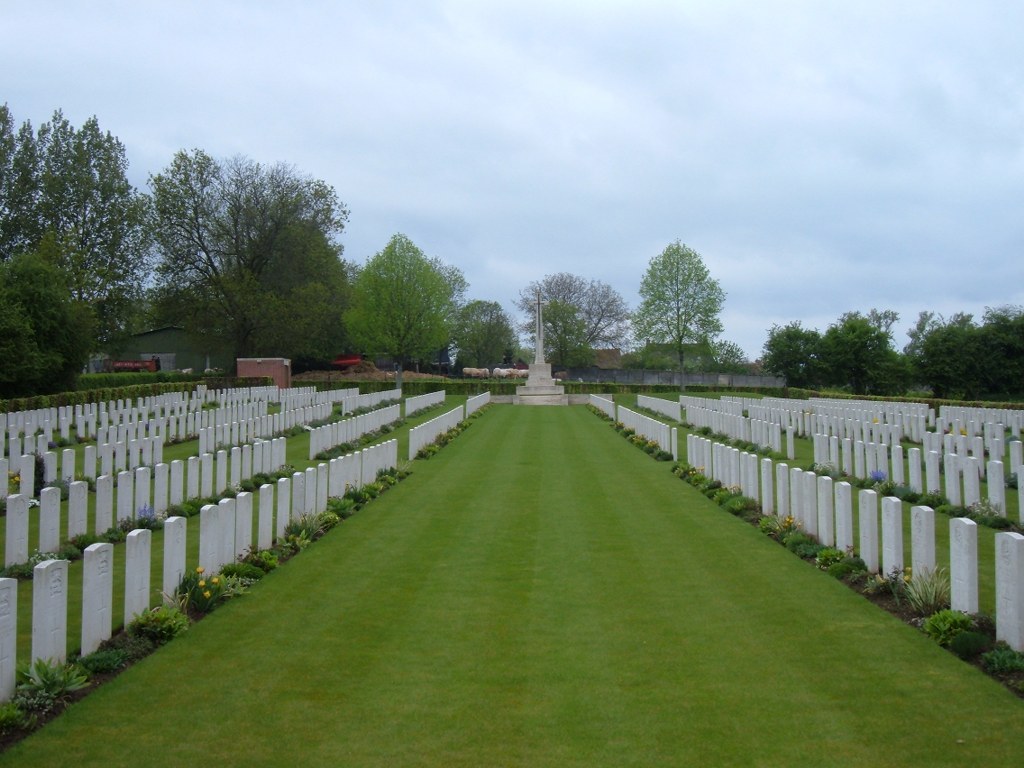Ernest Clayton
Date of birth: 1889
Date of death: 28.3.1918
Area: Wakefield
Regiment: Royal Garrison Artillery
Family information: Son of John and Harriet Clayton
Rank: Gunner
Service number: 176777
War Service
During the war, Ernest Clayton joined the Royal Garrison Artillery. Due to the absence of his service record, it is not known when he joined the army. However, after training at the Siege Gunnery School, Ernest Clayton was posted to France, a gunner with the 69th Siege Battery.
The Royal Garrison Artillery developed from fortress based artillery and grew into a very large component of the British forces, on the western front. The development of the RGA saw it armed with heavy, large caliber, guns and howitzers, deployed to fire high-explosive shells, in high trajectories. The role of the Siege Battery was to destroy, or neutralize, enemy artillery, strong points, dumps, stores, roads and railways, behind the lines. These guns were positioned some way behind the front line and had immense destructive power. They were so powerful that a large box, filled with soil was placed in front of, and attached to the gun, to act as a counter-weight to the force of the blast and keep the gun in position. However, accidents happened and many men were injured or killed, when trapped by the recoil.
The 69th Siege Battery arrived in France, to join the British Expeditionary Force, on 31st March 1916. At the beginning of April 1917, the Battery, part of the 50th Heavy Artillery Group, was attached to the Canadian Corps during the Battle of Vimy Ridge.
On 21st March 1918, the 69th Siege Battery was based near Vimy, north-east of Arras, when the German Army launched a major attack against the British Line, near St Quentin. The British 5th Army bore the brunt of the attack and was forced into a series of withdrawals, towards Amiens. However, within a week the German attacks against the 5th Army, south-west of Arras, lost momentum. At 03.00 hours on 28th March, the enemy commenced an artillery bombardment on the British 3rd Army line. This was followed by an infantry attack on a 10 mile front, between Authuille and Oppy, with Arras the principal objective. Though some front line positions were lost to the enemy, the line held and during the evening, the German assault against Arras was abandoned.
Unfortunately, Gunner Ernest Clayton, along with four other members of the 69th Siege Battery, including Acting Major Scholefield, was killed in action during the attacks of 28th March 1918. All five men are now buried at the Roclincourt Military Cemetery
The village of Roclincourt lies east of the Arras to Lens road and the cemetery was started by the 51st and 34th Divisions, in April 1917, during the Battle of Arras. The cemetery was in continuous use as a front line cemetery, until October 1918. After the Armistice, graves were brought in from the battlefield north of Roclincourt and there are now 916 Commonwealth burials from the First World War, of which 32 are unidentified.
Family Life
This man is believed to be Ernest Clayton, the third son of John Clayton and his wife Harriet, formerly Simpson. Born in 1889, when his father was a railway stoker and the family was living at Oxford Street, Belle Vue, Wakefield. After his father was promoted to railway engine driver, the family moved to Colville Terrace, Thorpe near Wakefield. In the 1911 census, his mother Harriet is shown as a widow and she is living with ten of her children, at Stanhope Villas, Thorpe. At this time, Ernest Clayton, aged 22 years, is working as a railway engine stoker.
 Roclincourt Military Cemetery
Roclincourt Military Cemetery

